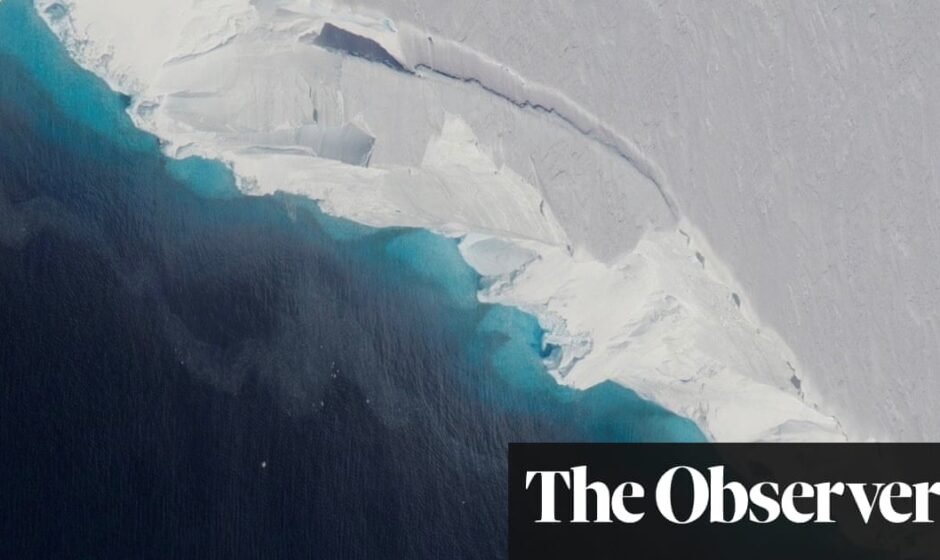Scientists are proposing a unique solution to combat the melting of Antarctic glaciers. They plan to construct enormous underwater curtains in front of the ice sheets to protect them from erosion caused by warm sea water.
The rapid disappearance of ice in polar regions due to global warming has raised concerns among scientists. They emphasize the urgent need for action to slow down this loss. To address this issue, the scientists have proposed the construction of a 100km-long curtain anchored to the bed of the Amundsen Sea. The curtain would rise about 200 meters from the ocean floor, partially restricting the inflow of warm water that undermines the coastal Antarctic glaciers.
If implemented, the Seabed Curtain project would be one of the largest geo-engineering programs ever undertaken. Glaciologist John Moore from Lapland University described it as a “gigantic project” necessary to address the colossal problem at hand.
The melting of glaciers in Antarctica could lead to catastrophic flooding worldwide and result in the displacement of hundreds of millions of people. The severity of this potential outcome underscores the urgency for action.
The proposed curtain by Moore and his team, which includes scientists from the University of Cambridge and other institutions in the US, would be positioned opposite the Thwaites and Pine Island glaciers. These glaciers act as barriers that prevent the massive ice sheets behind them from sliding into the ocean.
The scientists warn that if the Thwaites and Pine Island glaciers were to melt, sea levels around the world could rise by three meters. This threat is becoming increasingly real as global warming grips the region and raises sea temperatures.
Shaun Fitzgerald, director of the center for climate repair at the University of Cambridge, explains that glaciers are not only affected by warmer air that melts their surfaces but also by warm seawater eroding their bases. As the planet heats up due to climate change, the erosion of ice at the bases of these glaciers intensifies.
To slow down the undermining of these glaciers and reduce the risk of their catastrophic disappearance, the scientists propose building a series of seabed curtains. Research is underway to determine the best materials for their construction.
Fitzgerald clarifies that the construction of the curtain will not involve a single sheet of fabric or a perfect, sealing membrane. One idea being considered is using air as a barrier to protect the glaciers. A pipe with holes drilled along it would be laid down along the seabed, through which air would be pumped. The release of air bubbles from the pipe could potentially hold back the warm seawater.
Building a curtain that restricts the flow of warm water onto the Antarctic coast could significantly slow down the undermining of glaciers and reduce the risk of their catastrophic disappearance. The scientists are aware that this is a complex task that requires careful consideration of factors such as salinity and water flow. Computer simulations, mathematical models, and physical tests will be conducted to further explore the viability of this solution.
Initial tests will be carried out on the River Cam later this year, where various models will be tested underwater. These tests will inform the next steps, potentially including the construction of a prototype in a fjord in Norway.
While the completion of such a project will take many years, the scientists emphasize the need to start planning now. The scale of the problem requires immediate action to mitigate the potentially devastating consequences of melting glaciers in Antarctica.




